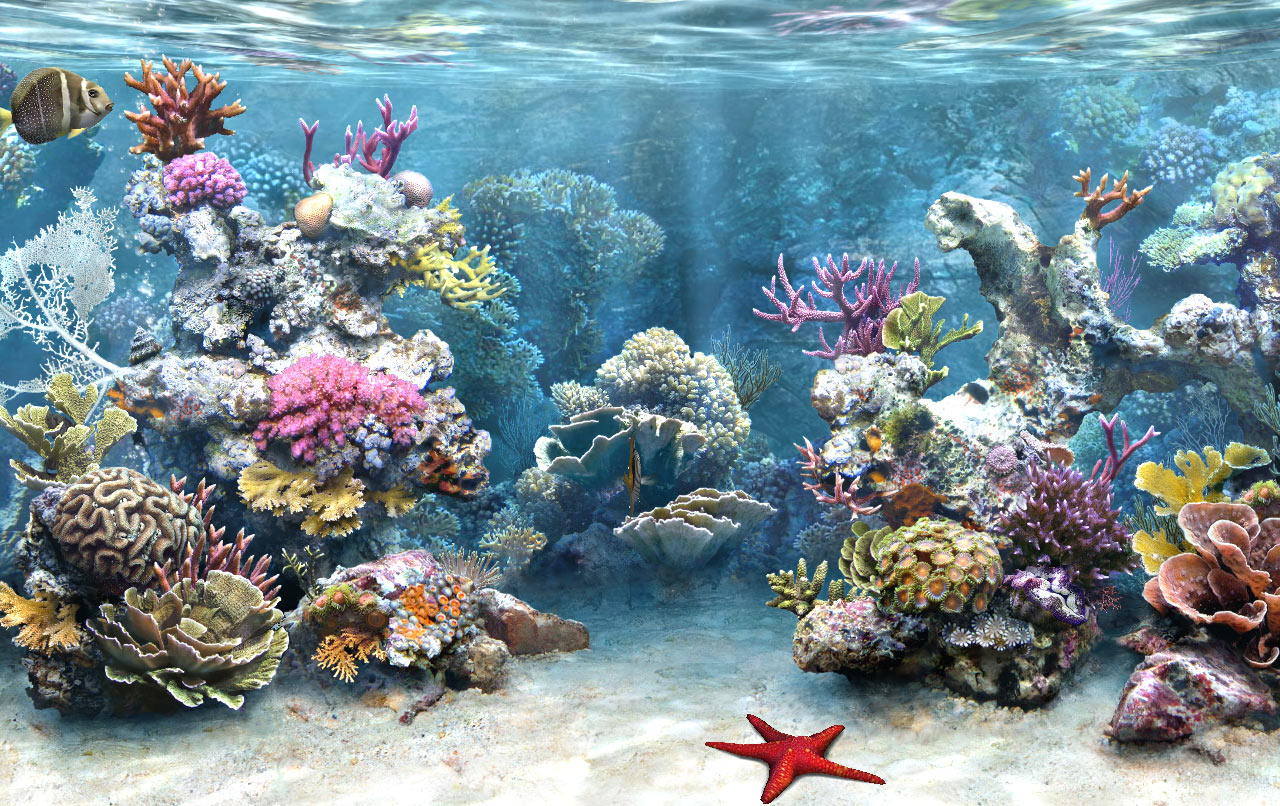
of healthy fish. "Natural Aquarium" often refers to an aquarium that has a well-
maintained balance between lush plants and healthy fish, each supplying what the other
needs in a good environment. Plants and fish are the two main inhabitants of most
aquariums. They coexist so well because each complements the other. Plants give out
oxygen during photosynthesis. The oxygen released gets dissolved in the water and is
used up by the fish. In turn, plants use up the nitrogenous waste released by the fish for
their own growth.
In addition to their visual appeal and their capacity to produce oxygen, plants also
provide shade, a home, breeding ground and food for some of the fish. Plants are also a
nesting place for many microorganisms that are vital for the proper and balanced
functioning of an aquarium. As the fish in your aquarium increases, the nitrogenous
compounds also increase. Rich vegetation is a safety barrier that will keep toxicity lower.
Aquatic plants can be both floating and fixed. It is better to have a fair share of the fixed
type in your first aquarium rather than going for the floating variety. While they look
very pretty, floating plants can collect debris in and around them, and are more difficult
to clean out. If you keep fish species that continuously uproot and disturb the plants,
floating vegetation can however be the only feasible option if you want to keep real
plants.
For decorative purposes alone, many aquarists go in for fake plants. Of course, these
plants have numerous advantages. They are easy to clean, do not need any trimming, and
will never decay or die. They have a base that will make them stick easily to the bottom
of the aquarium and they will look perfect and healthy at all times. Artificial plants can
however look very fake, especially if you choose some of the cheaper alternatives. Real
plants will also help reduce the growth rate in algae something that plastic plants don’t.
Algae can therefore be a large problem in aquariums using plastic plants. In some
aquariums it is however impossible to keep real plants, e.g. aquariums with plant eating
fish species.
Some aquarists use a method where they put in plants – a lot of plants – in the aquarium
before they introduce the fish. By using this method, they eliminate the need for normal
cycling of the aquarium (cycling is explained a little later in this book). Using this
method does however require extensive knowledge about the relevant biology and
chemistry and other methods are easier for most beginner aquarists. If you wish to use
this method, you must for instance closely monitor the carbon dioxide levels in the
aquarium. The level of carbon dioxide in the water should be just right when you put in
the fish. It is a good idea to put in algae eaters first, and then gradually add the rest of the
fish over a longer period of time.


 How big should your aquarium be? Aquariums come in many shapes and sizes. It is
How big should your aquarium be? Aquariums come in many shapes and sizes. It is





